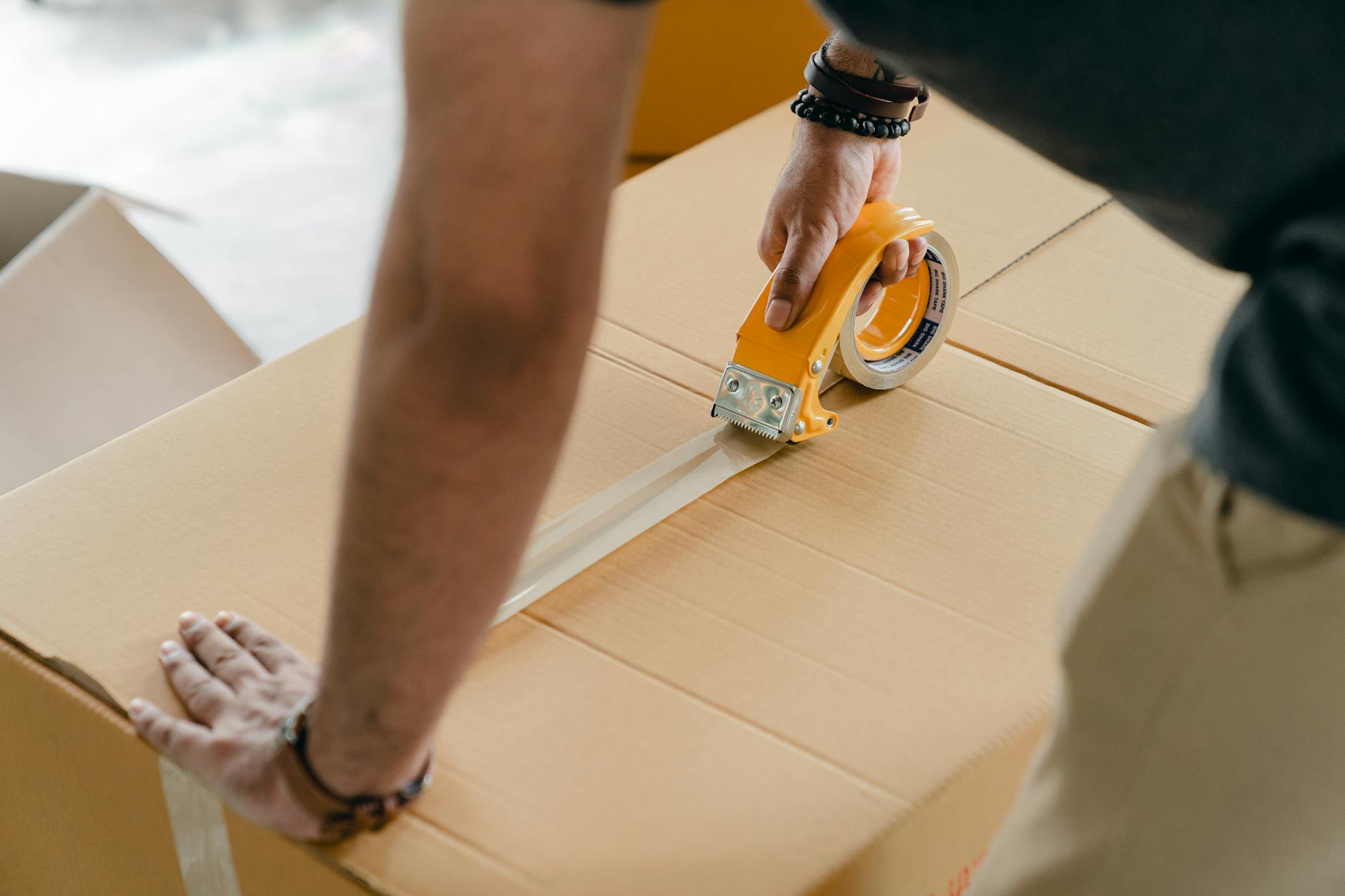Insulate Your Shipping Container Home Effortlessly
Shipping container homes have gained popularity in recent years due to their sustainability, affordability, and modern aesthetics. However, one of the key challenges of living in a shipping container home is maintaining temperature control. Proper insulation is crucial for ensuring a comfortable living environment regardless of the weather outside. In this article, we will explore the various insulation options available for shipping container homes and provide tips on how to insulate your home effortlessly.
Types of Insulation for Shipping Container Homes
1. Spray Foam Insulation: Spray foam insulation is a popular choice for insulating shipping container homes due to its excellent thermal resistance properties. It can be applied to the walls, ceilings, and floors of the container, creating a seamless barrier against heat loss or gain. Spray foam insulation is highly effective in preventing air leakage and moisture infiltration, improving the energy efficiency of your home.
2. Fiberglass Insulation: Fiberglass insulation is another commonly used insulation material for shipping container homes. It is cost-effective and easy to install, making it a convenient option for DIY projects. Fiberglass insulation comes in batts or rolls and can be placed between the metal studs of the container walls. While fiberglass insulation provides good thermal resistance, it is essential to ensure proper sealing to prevent air leaks.
3. Reflective Insulation: Reflective insulation is a lightweight and reflective material that helps to reflect radiant heat away from the interior of the container. This type of insulation is often installed under the roof or on the walls facing the sun to reduce heat absorption. Reflective insulation can be an effective complement to other insulation materials, enhancing the overall thermal performance of your shipping container home.
4. Natural Insulation: For those looking for eco-friendly insulation options, natural materials such as wool, cotton, or hemp can be used to insulate a shipping container home. These materials offer good thermal properties and are biodegradable, making them a sustainable choice for environmentally conscious homeowners. Natural insulation can be installed in the same way as traditional insulation materials, providing a chemical-free and breathable insulation solution.
Tips for Effortless Insulation Installation
– Plan Ahead: Before starting the insulation installation, carefully plan out the areas that need insulation and determine the best type of insulation for each space in your shipping container home.
– Seal Gaps and Cracks: Inspect the container for any gaps, holes, or cracks that may allow air leakage, and seal them with caulk or foam sealant before installing insulation.
– Protective Gear: Wear appropriate protective gear such as gloves, goggles, and a mask when handling insulation materials to prevent skin irritation, eye injuries, and respiratory issues.
– Professional Assistance: If you are unsure about the insulation installation process or dealing with complex insulation requirements, consider seeking help from a professional.
By choosing the right insulation materials and following proper installation techniques, you can effortlessly insulate your shipping container home and create a comfortable and energy-efficient living space. Insulation plays a vital role in maintaining temperature control, reducing energy costs, and enhancing the overall comfort of your home. With the variety of insulation options available, you can customize your insulation solution based on your preferences, budget, and sustainability goals. Insulate your shipping container home effortlessly and enjoy the benefits of a well-insulated and cozy living space.


